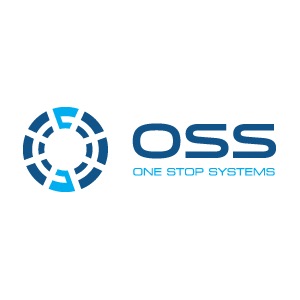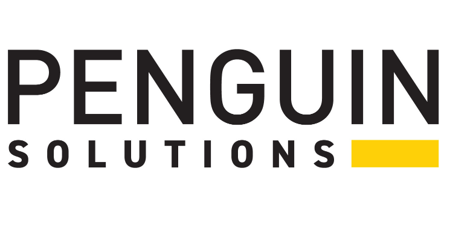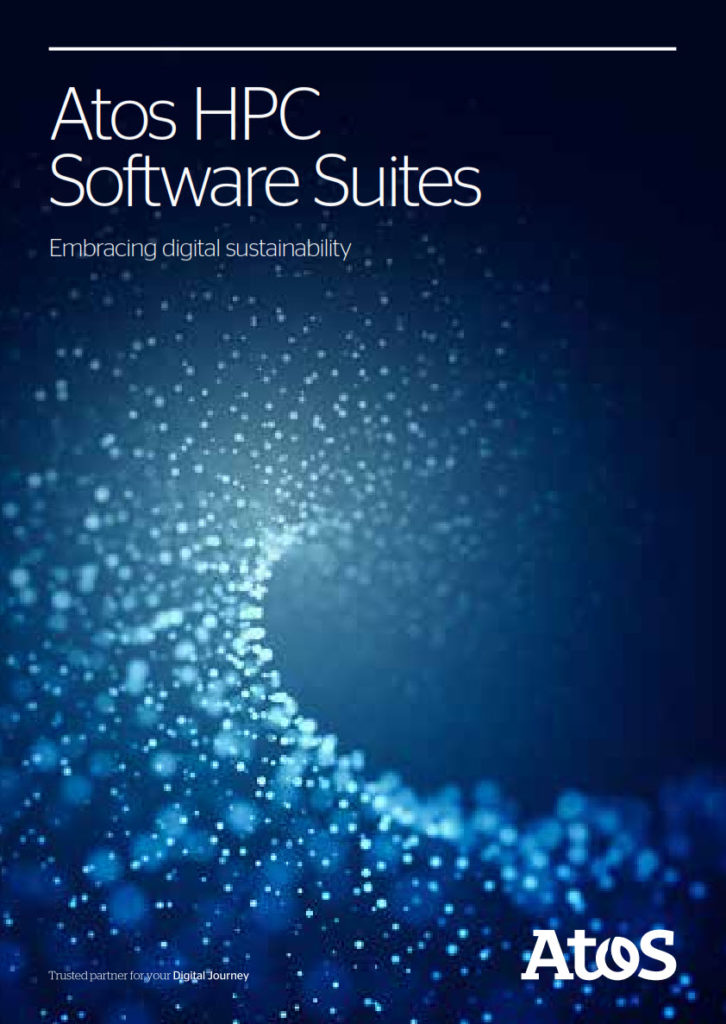 HPC vendor One Stop Systems has announced plans to raise $20 million in an initial public offering (IPO) on Wednesday, January 31. Founded in 1998, the company plans to issue 2,900,000 shares at a price of $6.00-$8.00 per share.
HPC vendor One Stop Systems has announced plans to raise $20 million in an initial public offering (IPO) on Wednesday, January 31. Founded in 1998, the company plans to issue 2,900,000 shares at a price of $6.00-$8.00 per share.
“OSS designs, manufactures and markets high-end systems for high performance computing applications. We combine state-of-the art components from major technology providers to design and manufacture purpose-built systems that allow our customers to exploit Big Data opportunities faster and more efficiently. HPC applications require ultra-fast processing power and the ability to quickly access and store ever growing data sets. We are uniquely positioned as a specialized provider for the high-end of this marketplace providing custom servers, compute accelerators, solid-state storage arrays and system expansion systems. We deliver this high-end technology to our customers through the sale of equipment and software for use on a customer’s premises or through remote cloud access to secure datacenters housing our technology.”
In the last 12 months, One Stop Systems generated $27 million in revenue and $50,000 in net income. The company has a market cap of $79.8 million. Roth Capital Partners is the underwriter for the IPO and Benchmark was co-manager.
In this video from GTC 2017, Jaan Mannik from One Stop Systems describes the company’s new HPC as a Service offering. As makers of high density GPU expansion chassis, One Stop Systems designs and manufactures high performance computing systems that revolutionize the data center by increasing speed to the Internet while reducing cost and impact to the infrastructure.
Our high density compute accelerators connect directly to the servers’ PCIe bus, delivering up to 139.8 Tflops of compute performance to one to four servers in a 1U, 2U or 3U chassis. Our Flash Storage Arrays support up to 200TB of fast storage and also can be accessed by up to four servers. These fast storage appliances deliver up to 16 million IOPS in a 3U external system. It would take approximately seven of today’s high-end 1U/2U servers to match that kind of performance, requiring up to 14U of rack space. It’s immediately apparent that the economics and the space requirements lean heavily to external systems.”



